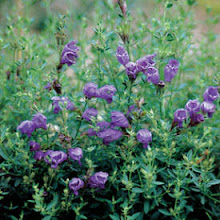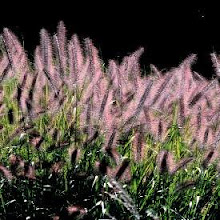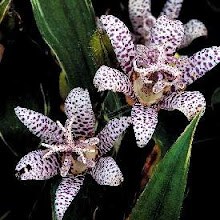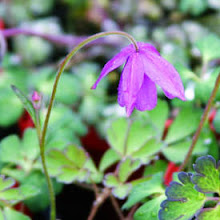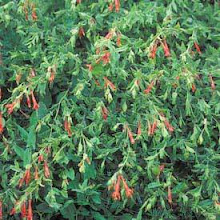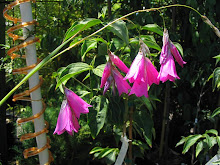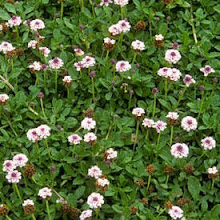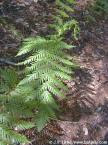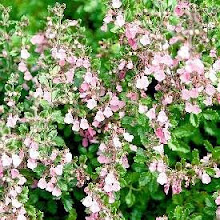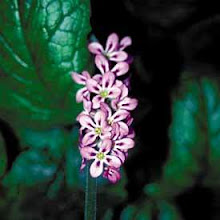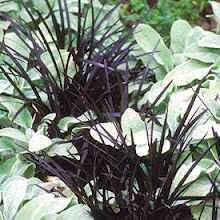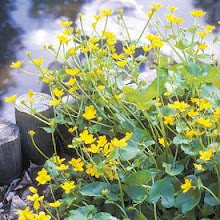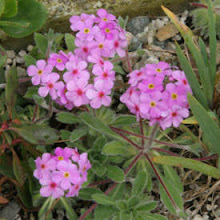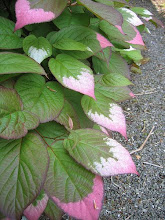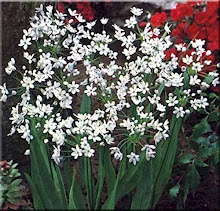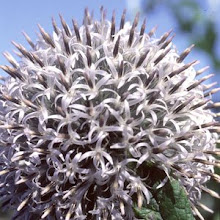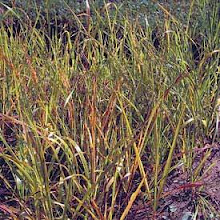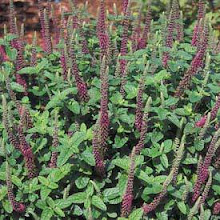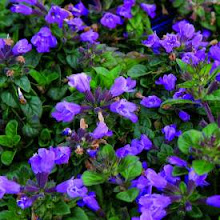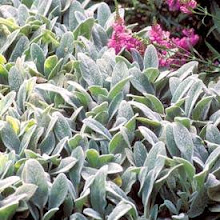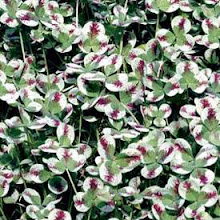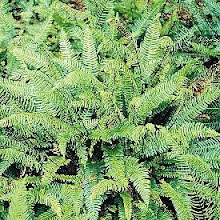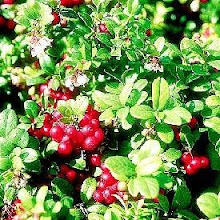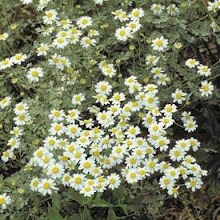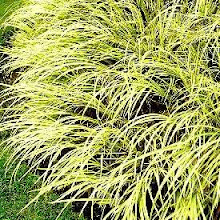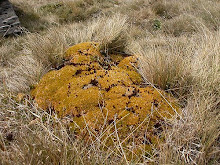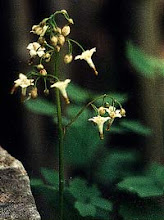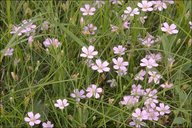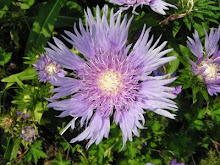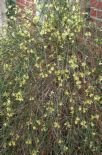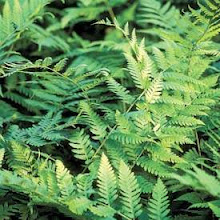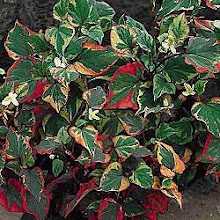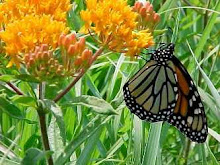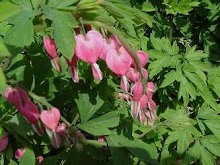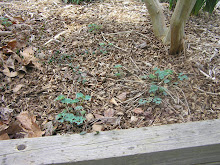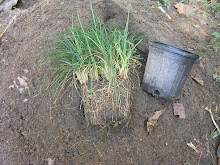Landscape design involves different aspects, the environment the residence sits in, the affect the homeowner desires, assets available, and the design of the residence itself. When I did design/build, I was fortunate because money wasn’t an object for many customers, I was recommended by Interior Designers and by word of mouth, those involved with financing upstarts. Landscaping can be hard and demanding work, but when a person does it for themself it is usually done with a smile anticipating the end result. When I bought my home I worked every weekend outside building retaining walls, my home sits down a slope, then clearing my backyard which was overgrown with seedlings and poison ivy, and finally planting my garden beds mostly with woody plants, some purchased, others salvaged, I worked part-time at a garden center and brought home plants that were to be discarded and pruned them severely. I’ve lost many perennials and azaleas due to lack of water, but I’ve also transplanted 10 year old azaleas in July. A person cannot be everything to everyone, especially when they have to make an income. Scheduling tasks can be hard on some, because they forget or run out of time. Sprinkler systems are costly. I have a two story home so when I started landscaping it I looked for the affect from the road but primarily from the inside of my home and why I always debunked the “foundation planting” aspect, but some houses need it to bring them into scale. Sure a person can see a planting when they pull into the driveway, but how often is that done versus looking out the window? Curb appeal is one thing, but the most important factor is a persons’ peace of mind of walking out the door. I remember when I replaced the windows on my home, everyone asked if I was moving because I guess the general consensus amongst the uninformed is if a person spends money on their home they must be doing it for resale, not for enjoyment.








































